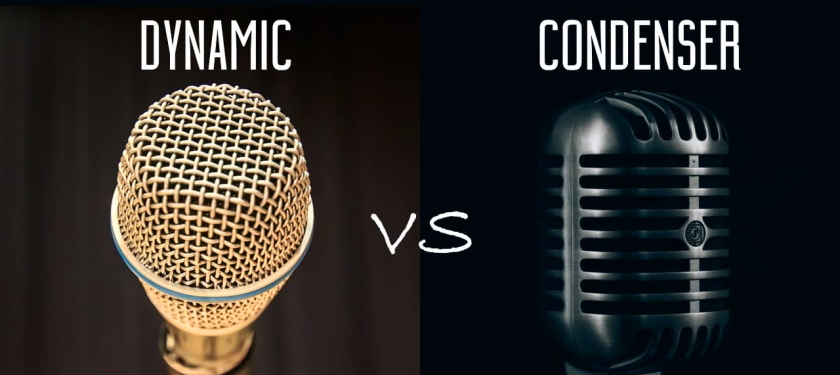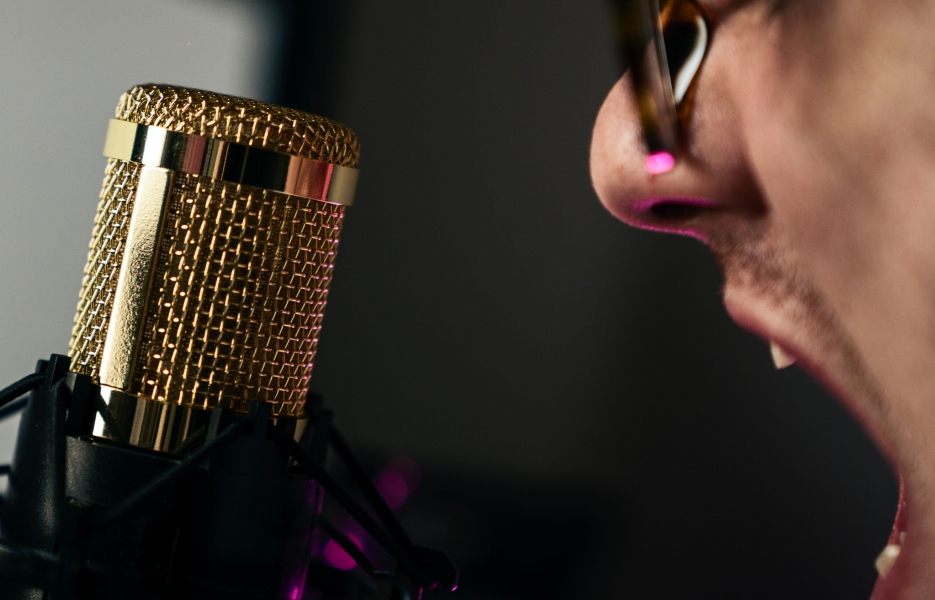Which is the Right Microphone for Your Voice? Condenser or Dynamic?

Choosing a condenser or dynamic microphone can be difficult, but we’ll help you out. Condenser microphones are the more expensive option and typically require phantom power for operation, which means they need an external power source like a battery or wall outlet. They also tend to produce higher-quality sound recordings than their dynamic counterparts. On the other hand, dynamic mics are cheaper and don’t require any outside power sources because they’re powered by your voice alone! So what’s better? That depends on how much money you want to spend and what type of sound recording you prefer – either way is great for podcasting.
Condenser vs. Dynamic microphone – who wins
There are two main types: condenser vs dynamic microphone. Condenser microphones require electricity to power them, while a dynamic microphone does not. However, there are a few differences between the two that you should consider when looking for the perfect mic.

- Condenser mics have a wider range than dynamic mics and have more background noise interference from things like air conditioners or traffic outside your window. As a result, the sound quality is better with condensers, but they can be more sensitive to sounds from other sources, making them less desirable in some cases.
- Dynamic mics work well if you want something louder and more high-pitched because they don’t need as much amplification as a condenser mic would need at the same.
The condenser microphone is better for recording instruments and vocals, but it requires a power source. However, the dynamic microphone will work without power, making it an option for those who want to record in the field or don’t have access to electricity.
The two microphones are very different, so be sure you know your recording needs before purchasing any equipment.

Myths on condenser mics vs. dynamic mics
Microphones are tools that can be used to amplify sound from a distance. They come in two different types, condenser and dynamic. Condenser microphones work best for vocals or instruments because they have a wider frequency range than dynamic mics. Dynamic microphones are more suited for loud sounds like drums or guitars because they handle sound pressure better.
Ultimately, the type of microphone you should use depends on what you’re trying to record with it.
When choosing a microphone for your home studio, you have two major choices: condenser and dynamic. These microphones differ in how they work and what their best uses are. Condenser mics require phantom power to function; this is supplied by the mixer or preamp of your recording device. Dynamic mics do not need external power and can be plugged directly into the recorder. They also tend to capture a wider frequency range than their condenser counterparts, making them ideal for capturing vocals with lots of high-end information such as cymbals, drums, brass instruments, etc. On the other hand, Condensers excel at capturing low frequencies such as bass guitar amplifiers and kick drums without needing an additional mic on stage with these instruments like a dynamic.
